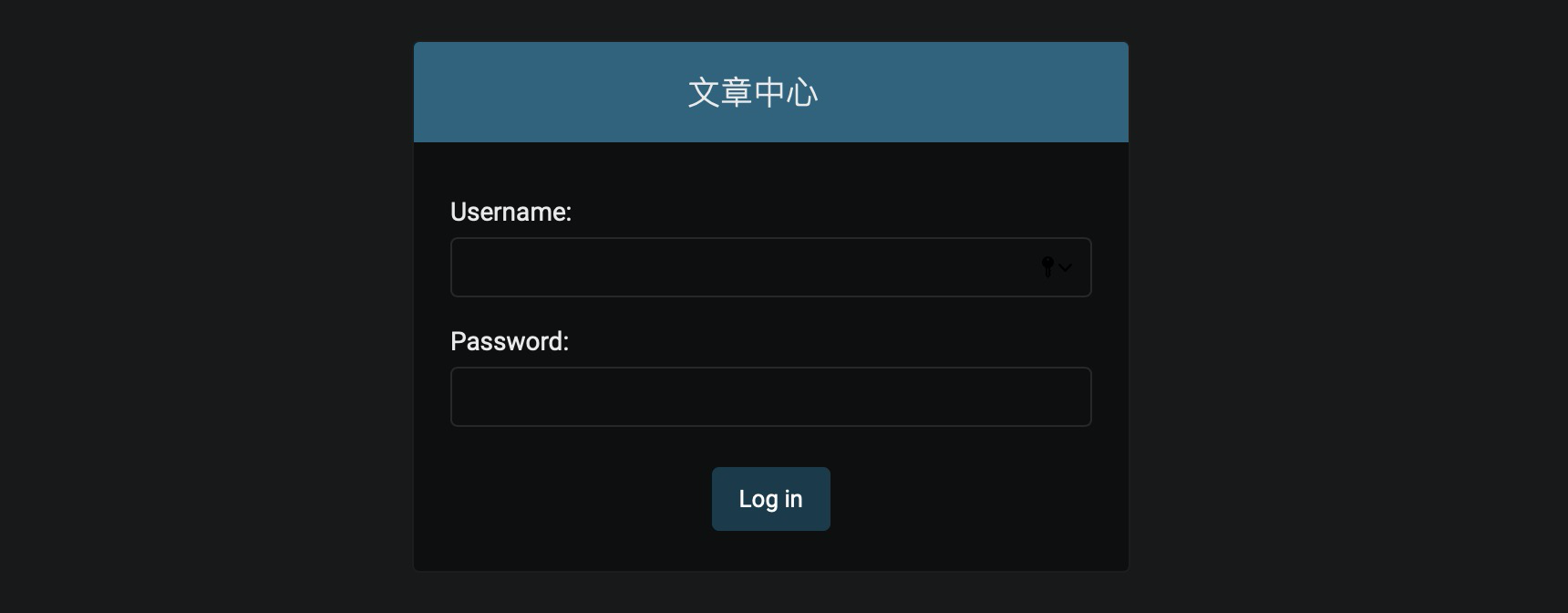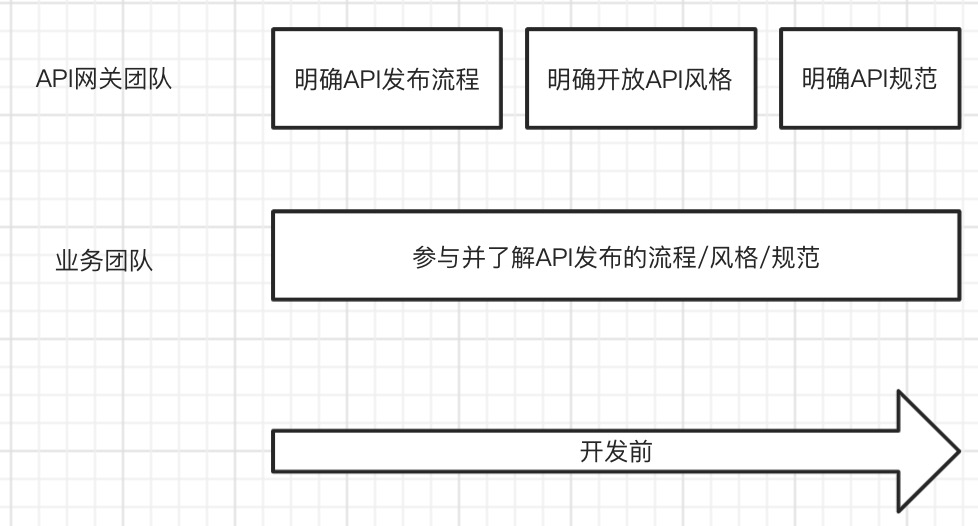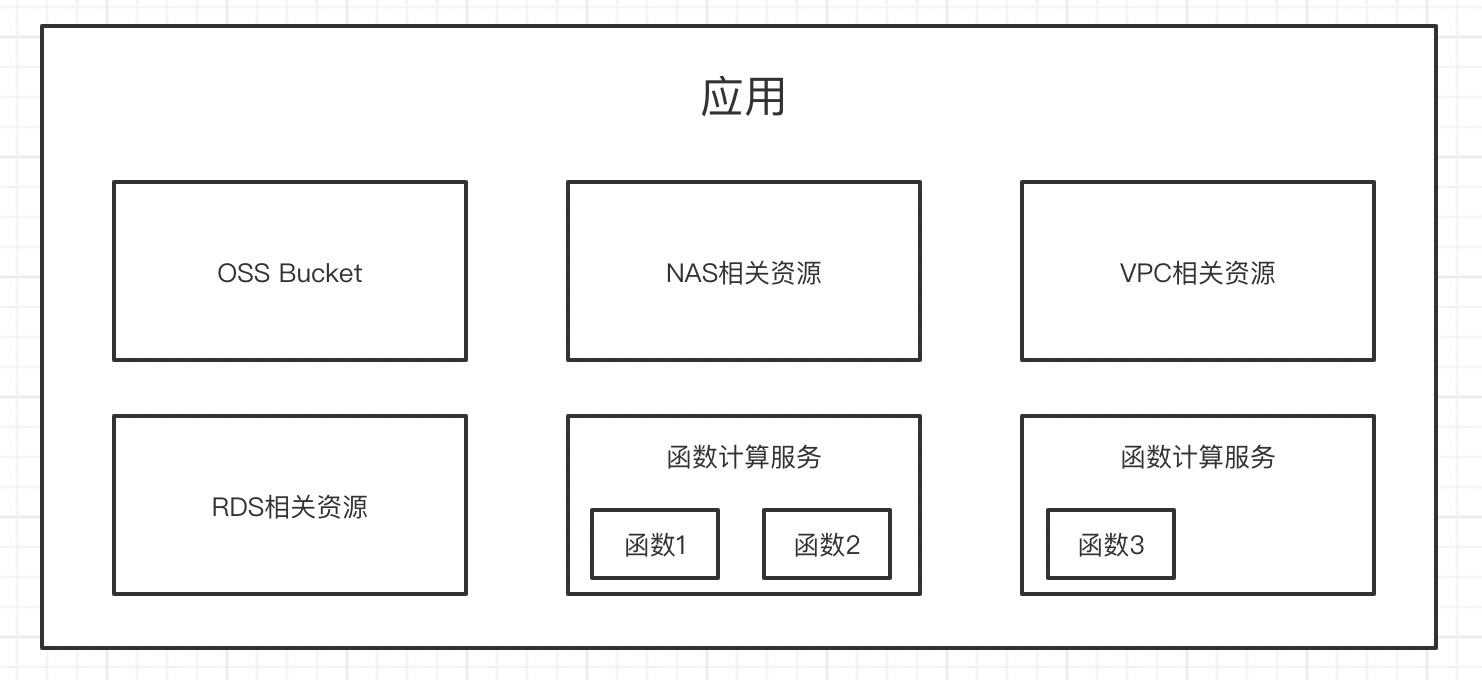目录 前言 关键词提取 文本摘要 发布API 总结 前言 对文本进行自动摘要的提取和关键词的提取,属于自然语言处理的范畴。提取摘要的一个好处是可以让阅读者通过最少的信息判断出这个文章对自己是否有意义或者价值,是否需要进行更加详细的阅读;提取关键词的好处是可以让文章与文章之间产生关联,同时也可以让读者通过关键词快速定位到和该关键词相关的文章内容;同时文本摘要和关键词提取又都可以和传统的CMS进行结合,通过对文章/新闻等发布功能进行改造,可以同步提取关键词和摘要,放到HTML页面中,作为Description和Keyworks,在一定程度上有利于搜索引擎收录,属于SEO优化的范畴。
关键词提取 关键词提取的方法很多,但是最常见的应该就是tf-idf了。
通过jieba实现基于tf-idf关键词提取的方法:
1 jieba.analyse.extract_tags(text, topK=5 , withWeight=False , allowPOS=('n' , 'vn' , 'v' ))
文本摘要 文本摘要的方法有很多,就广义上来划分就包括了提取式和生成式。所谓提取式就是在文章中通过TextRank等算法,找出关键句然后进行拼装,形成摘要,这种方法相对来说比较简单,但是很难提取出真是的语义等;另一种方法是生成式,所谓生成式就是通过深度学习等方法,对文本语义进行提取再生成摘要。可以认为前者生成的摘要,所有句子来自原文,后者则是独立生成。
为了简化难度,本文将采用提取式来实现文本摘要功能,通过SnowNLP这个第三方库,实现基于TextRank的文本摘要功能,由于是第三方库,所以相对来说比较容易实现,以《海底两万里》部分内容作为原文,进行摘要生成:
原文:
这些事件发生时,我刚从美国内布拉斯加州的贫瘠地区做完一项科考工作回来。我当时是巴黎自然史博物馆的客座教授,法国政府派我参加这次考察活动。我在内布拉斯加州度过了半年时间,收集了许多珍贵资料,满载而归,3月底抵达纽约。我决定5月初动身回法国。于是,我就抓紧这段候船逗留时间,把收集到的矿物和动植物标本进行分类整理,可就在这时,斯科舍号出事了。
t通过SnowNLP提供的算法:
1 2 3 4 5 from snownlp import SnowNLPtext = "上面的原文内容,此处省略" s = SnowNLP(text) print ("。" .join(s.summary(5 )))
输出结果:
1 自然就分成观点截然不同的两派:一派说这是一个力大无比的怪物。这种假设也不能成立。我到纽约时。说它是一块浮动的船体或是一堆大船残片。另一派说这是一艘动力极强的“潜水船”
初步来看效果并不是很好,我们接下来通过自己来计算句子权重,实现一个简单的摘要功能,这个就需要jieba:
1 2 3 4 5 6 7 8 9 10 11 12 13 14 15 16 17 18 19 20 21 22 23 24 25 26 27 28 29 30 31 32 33 34 35 36 37 38 39 40 41 42 43 44 45 46 47 48 49 50 51 52 53 54 55 56 57 58 59 60 61 62 63 64 65 66 67 68 69 70 71 72 73 74 75 76 77 78 79 80 81 82 83 84 85 86 87 88 89 90 91 92 93 94 import reimport jieba.analyseimport jieba.possegclass TextSummary : def __init__ (self, text ): self.text = text def splitSentence (self ): sectionNum = 0 self.sentences = [] for eveSection in self.text.split("\n" ): if eveSection: sentenceNum = 0 for eveSentence in re.split("!|。|?" , eveSection): if eveSentence: mark = [] if sectionNum == 0 : mark.append("FIRSTSECTION" ) if sentenceNum == 0 : mark.append("FIRSTSENTENCE" ) self.sentences.append({ "text" : eveSentence, "pos" : { "x" : sectionNum, "y" : sentenceNum, "mark" : mark } }) sentenceNum = sentenceNum + 1 sectionNum = sectionNum + 1 self.sentences[-1 ]["pos" ]["mark" ].append("LASTSENTENCE" ) for i in range (0 , len (self.sentences)): if self.sentences[i]["pos" ]["x" ] == self.sentences[-1 ]["pos" ]["x" ]: self.sentences[i]["pos" ]["mark" ].append("LASTSECTION" ) def getKeywords (self ): self.keywords = jieba.analyse.extract_tags(self.text, topK=20 , withWeight=False , allowPOS=('n' , 'vn' , 'v' )) def sentenceWeight (self ): for sentence in self.sentences: mark = sentence["pos" ]["mark" ] weightPos = 0 if "FIRSTSECTION" in mark: weightPos = weightPos + 2 if "FIRSTSENTENCE" in mark: weightPos = weightPos + 2 if "LASTSENTENCE" in mark: weightPos = weightPos + 1 if "LASTSECTION" in mark: weightPos = weightPos + 1 sentence["weightPos" ] = weightPos index = ["总之" , "总而言之" ] for sentence in self.sentences: sentence["weightCueWords" ] = 0 sentence["weightKeywords" ] = 0 for i in index: for sentence in self.sentences: if sentence["text" ].find(i) >= 0 : sentence["weightCueWords" ] = 1 for keyword in self.keywords: for sentence in self.sentences: if sentence["text" ].find(keyword) >= 0 : sentence["weightKeywords" ] = sentence["weightKeywords" ] + 1 for sentence in self.sentences: sentence["weight" ] = sentence["weightPos" ] + 2 * sentence["weightCueWords" ] + sentence["weightKeywords" ] def getSummary (self, ratio=0.1 ): self.keywords = list () self.sentences = list () self.summary = list () self.getKeywords() self.splitSentence() self.sentenceWeight() self.sentences = sorted (self.sentences, key=lambda k: k['weight' ], reverse=True ) for i in range (len (self.sentences)): if i < ratio * len (self.sentences): sentence = self.sentences[i] self.summary.append(sentence["text" ]) return self.summary
这段代码主要是通过tf-idf实现关键词提取,然后通过关键词提取对句子尽心权重赋予,最后获得到整体的结果,运行:
1 2 testSummary = TextSummary(text) print ("。" .join(testSummary.getSummary()))
可以得到结果:
1 2 3 4 5 6 Building prefix dict from the default dictionary ... Loading model from cache /var/folders/yb/wvy_7wm91mzd7cjg4444gvdjsglgs8/T/jieba.cache Loading model cost 0.721 seconds. Prefix dict has been built successfully. 看来,只有政府才有可能拥有这种破坏性的机器,在这个灾难深重的时代,人们千方百计要增强战争武器威力,那就有这种可能,一个国家瞒着其他国家在试制这类骇人听闻的武器。于是,我就抓紧这段候船逗留时间,把收集到的矿物和动植物标本进行分类整理,可就在这时,斯科舍号出事了。同样的道理,说它是一块浮动的船体或是一堆大船残片,这种假设也不能成立,理由仍然是移动速度太快
通过这个结果可以看到,整体效果要比刚才的好一些。
发布API 通过Serverless架构,将上面代码进行整理,并发布。
代码整理结果:
1 2 3 4 5 6 7 8 9 10 11 12 13 14 15 16 17 18 19 20 21 22 23 24 25 26 27 28 29 30 31 32 33 34 35 36 37 38 39 40 41 42 43 44 45 46 47 48 49 50 51 52 53 54 55 56 57 58 59 60 61 62 63 64 65 66 67 68 69 70 71 72 73 74 75 76 77 78 79 80 81 82 83 84 85 86 87 88 89 90 91 92 93 94 95 96 97 98 99 100 101 102 import re, jsonimport jieba.analyseimport jieba.possegclass NLPAttr : def __init__ (self, text ): self.text = text def splitSentence (self ): sectionNum = 0 self.sentences = [] for eveSection in self.text.split("\n" ): if eveSection: sentenceNum = 0 for eveSentence in re.split("!|。|?" , eveSection): if eveSentence: mark = [] if sectionNum == 0 : mark.append("FIRSTSECTION" ) if sentenceNum == 0 : mark.append("FIRSTSENTENCE" ) self.sentences.append({ "text" : eveSentence, "pos" : { "x" : sectionNum, "y" : sentenceNum, "mark" : mark } }) sentenceNum = sentenceNum + 1 sectionNum = sectionNum + 1 self.sentences[-1 ]["pos" ]["mark" ].append("LASTSENTENCE" ) for i in range (0 , len (self.sentences)): if self.sentences[i]["pos" ]["x" ] == self.sentences[-1 ]["pos" ]["x" ]: self.sentences[i]["pos" ]["mark" ].append("LASTSECTION" ) def getKeywords (self ): self.keywords = jieba.analyse.extract_tags(self.text, topK=20 , withWeight=False , allowPOS=('n' , 'vn' , 'v' )) return self.keywords def sentenceWeight (self ): for sentence in self.sentences: mark = sentence["pos" ]["mark" ] weightPos = 0 if "FIRSTSECTION" in mark: weightPos = weightPos + 2 if "FIRSTSENTENCE" in mark: weightPos = weightPos + 2 if "LASTSENTENCE" in mark: weightPos = weightPos + 1 if "LASTSECTION" in mark: weightPos = weightPos + 1 sentence["weightPos" ] = weightPos index = ["总之" , "总而言之" ] for sentence in self.sentences: sentence["weightCueWords" ] = 0 sentence["weightKeywords" ] = 0 for i in index: for sentence in self.sentences: if sentence["text" ].find(i) >= 0 : sentence["weightCueWords" ] = 1 for keyword in self.keywords: for sentence in self.sentences: if sentence["text" ].find(keyword) >= 0 : sentence["weightKeywords" ] = sentence["weightKeywords" ] + 1 for sentence in self.sentences: sentence["weight" ] = sentence["weightPos" ] + 2 * sentence["weightCueWords" ] + sentence["weightKeywords" ] def getSummary (self, ratio=0.1 ): self.keywords = list () self.sentences = list () self.summary = list () self.getKeywords() self.splitSentence() self.sentenceWeight() self.sentences = sorted (self.sentences, key=lambda k: k['weight' ], reverse=True ) for i in range (len (self.sentences)): if i < ratio * len (self.sentences): sentence = self.sentences[i] self.summary.append(sentence["text" ]) return self.summary def main_handler (event, context ): nlp = NLPAttr(json.loads(event['body' ])['text' ]) return { "keywords" : nlp.getKeywords(), "summary" : "。" .join(nlp.getSummary()) }
编写项目serverless.yaml文件:
1 2 3 4 5 6 7 8 9 10 11 12 13 14 15 16 17 18 19 20 21 22 23 nlpDemo: component: "@serverless/tencent-scf" inputs: name: nlpDemo codeUri: ./ handler: index.main_handler runtime: Python3.6 region: ap-guangzhou description: 文本摘要/关键词功能 memorySize: 256 timeout: 10 events: - apigw: name: nlpDemo_apigw_service parameters: protocols: - http serviceName: serverless description: 文本摘要/关键词功能 environment: release endpoints: - path: /nlp method: ANY
由于项目中使用了jieba,所以在安装的时候推荐在CentOS系统下与对应的Python版本下安装,也可以是用我之前为了方便做的一个依赖工具:
通过sls --debug进行部署:
部署完成,可以通过PostMan进行简单的测试:
可以看到,已经按照预期,输出了我们的目标结果。至此,我们的文本摘要/关键词提取的API已经部署完成。
总结 通过Serveless架构做API相对来说是非常容易和非常方便的,通过Serverless架构可以实现API的插拔行,组件化。希望通过我的抛砖引玉,可以让各位读者有更多的思路和启发,将更多的AI内容,融入到自己的生活生产中,让Serverless在各个领域发挥更大价值。
欢迎您关注我的博客,也欢迎转载该博客,转载请注明本文地址: http://bluo.cn/serverless-tencent-field-practice-nlp-keywords/ 。有关于Serverless等相关问题欢迎联系我:80902630
微信号 抖音号





































































